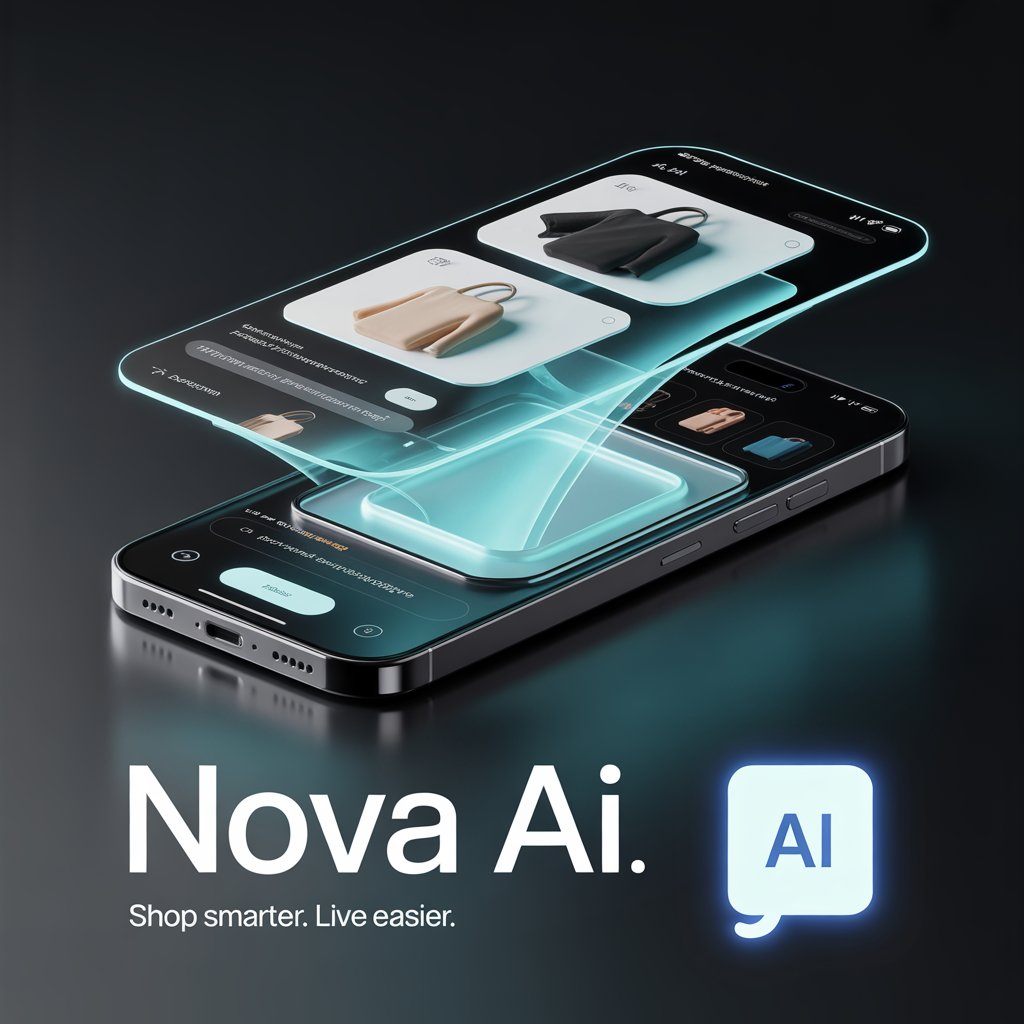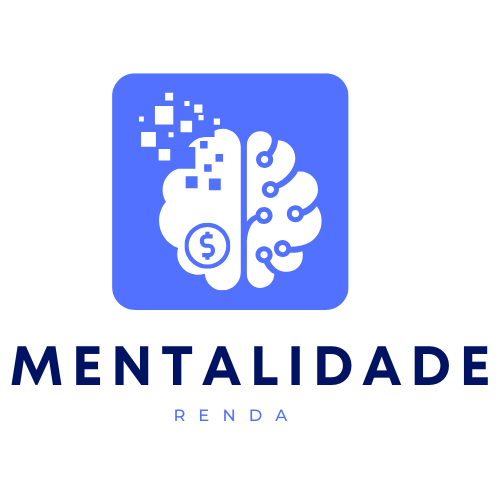Artificial Intelligence (AI) is revolutionizing the workplace by offering tools that automate tasks, enhance decision-making, and optimize workflows. Whether you’re managing projects, handling emails, or analyzing data, AI can make your work more efficient, allowing you to focus on higher-priority tasks. In this article, we’ll explore how you can leverage AI to boost productivity and get more done in less time.

1. Automate Repetitive Tasks
One of the most effective ways AI can improve productivity at work is by automating repetitive tasks that take up valuable time. By automating these tasks, you can free up time to focus on more important aspects of your job.
How to use AI for automation:
- Email Management: AI tools like SaneBox and Google Gmail’s Smart Compose can automatically categorize emails, prioritize them, and suggest responses, so you can handle your inbox faster and more efficiently.
- Data Entry and Processing: Tools like Zapier and IFTTT can automatically transfer data between apps and databases, reducing manual data entry and speeding up workflows.
- Task Automation: Apps like Trello and Asana integrate AI to automate task assignments, remind you of deadlines, and track progress, ensuring you stay organized without constant manual input.
Why use it:
AI can handle repetitive tasks quickly and accurately, reducing your workload and allowing you to focus on higher-level activities.
READ ALSO: AI Tools for Content Creators
2. Enhance Decision-Making with AI Insights
AI can help you make smarter decisions by analyzing large amounts of data and providing actionable insights. By using AI tools that analyze trends, patterns, and performance, you can make better-informed choices and stay ahead of the competition.
How to use AI for better decision-making:
- Business Intelligence (BI) Tools: Platforms like Power BI, Tableau, and Google Analytics use AI to analyze data, track performance metrics, and present insights in an easy-to-understand format, helping you make data-driven decisions.
- Predictive Analytics: AI tools can forecast future trends based on historical data, helping you anticipate market changes, customer needs, and potential risks.
- Automated Reports: AI can generate detailed reports, saving you time by compiling and analyzing data automatically, allowing you to spend more time focusing on strategy.
Why use it:
AI-powered insights improve the accuracy of your decisions, helping you act faster and more strategically, which can have a significant impact on your work productivity.
3. Optimize Project Management
AI can help streamline project management by automating task assignments, setting deadlines, and predicting project timelines. With AI, project managers can ensure that resources are used efficiently and that projects are completed on time.
How to use AI in project management:
- Task Allocation and Scheduling: AI tools like Monday.com and Smartsheet automatically allocate tasks based on team members’ workloads and skillsets, ensuring projects move forward without delays.
- Time Estimation: AI can analyze past project data to predict how long a task or project will take, helping you set more realistic deadlines and manage expectations.
- Risk Detection: AI can identify potential risks and bottlenecks in projects by analyzing real-time data, allowing you to take proactive steps to address issues before they become problems.
Why use it:
AI streamlines project management, making it easier to allocate resources, track progress, and predict challenges, ultimately improving the efficiency of your team.
4. Use AI for Smarter Communication
AI is enhancing communication by improving the way we connect with colleagues, clients, and customers. From email responses to virtual meetings, AI can help you communicate more effectively and efficiently.
How to use AI for better communication:
- AI-Powered Writing Assistants: Tools like Grammarly and ProWritingAid help you write clear, concise, and error-free emails, reports, and presentations, improving communication quality and reducing time spent editing.
- Smart Replies: AI tools like Google Smart Reply suggest quick responses to emails or messages based on previous conversations, saving you time and effort.
- Virtual Meeting Assistants: Platforms like Otter.ai and Zoom’s AI features can transcribe meetings, take notes, and provide meeting summaries, allowing you to focus on the discussion rather than taking notes.
Why use it:
AI-powered communication tools help you craft clearer messages, streamline conversations, and automate follow-ups, boosting overall communication efficiency at work.
5. Improve Time Management with AI
AI can be a powerful tool for managing your time more effectively. By analyzing your schedule, tasks, and work habits, AI tools can help you optimize how you spend your time throughout the day.
How to use AI for time management:
- Smart Scheduling: Tools like Google Calendar and Outlook use AI to schedule meetings, set reminders, and suggest the best times for appointments, ensuring you stay organized and on track.
- Task Prioritization: AI-driven task managers like Todoist or Trello automatically prioritize tasks based on urgency and importance, helping you focus on what matters most.
- Focus Enhancement: Apps like RescueTime use AI to track how you spend your time on digital devices, offering insights to help you stay focused on your most productive tasks and avoid distractions.
Why use it:
AI helps you stay organized by automatically scheduling tasks, managing your calendar, and prioritizing your workload, allowing you to work more efficiently and avoid wasting time.
6. Automate Data and Content Generation
AI can assist in generating content quickly and effectively, reducing the time spent on writing reports, blogs, social media posts, and even marketing copy. This is especially useful for teams who need to produce content at scale.
How to use AI for content generation:
- AI Writing Tools: Platforms like Copy.ai, Writesonic, and Jasper (formerly Jarvis) use AI to generate blog posts, marketing copy, and social media content based on a few input keywords or ideas.
- Data Analysis and Reporting: AI tools can analyze data sets and automatically generate reports, visualizations, and presentations, which can be customized to fit your specific needs.
Why use it:
AI reduces the time and effort required for content creation and data analysis, allowing you to focus on creative and strategic tasks that require human input.
7. AI-Powered Collaboration Tools
AI is making collaboration easier by improving the way teams communicate and work together, regardless of their location. AI-driven collaboration tools help streamline teamwork, task management, and document sharing.
How to use AI for collaboration:
- Project Management Tools: Tools like Asana, Trello, and ClickUp use AI to assign tasks, set deadlines, and track progress, helping teams collaborate more efficiently.
- Document Sharing and Editing: AI-powered tools like Google Docs or Microsoft Word use machine learning to suggest edits, improve clarity, and help teams collaborate in real-time on shared documents.
- Team Communication: AI integrations with tools like Slack can automatically organize conversations, prioritize important messages, and provide actionable insights into team performance.
Why use it:
AI enhances collaboration by automating task assignments, improving communication, and making it easier for teams to work together efficiently, regardless of their physical location.
8. Enhance Learning and Skill Development with AI
AI can also help you stay ahead in your career by providing personalized learning experiences and skill development opportunities.
How to use AI for learning:
- Personalized Learning Platforms: AI-driven platforms like Coursera and LinkedIn Learning offer courses tailored to your skills and career goals, helping you acquire the knowledge needed to advance your career.
- Skill Assessment: AI tools like Skillshare and Udemy can assess your strengths and weaknesses, offering personalized recommendations for courses and resources to help you improve.
Why use it:
AI helps you learn and grow professionally by recommending relevant courses and training programs, ensuring that you acquire the skills needed to stay competitive in your field.
Conclusion
AI has the potential to dramatically improve productivity at work by automating tasks, enhancing decision-making, and streamlining collaboration. By integrating AI-powered tools into your daily routine, you can work more efficiently, reduce stress, and focus on higher-value tasks that require human creativity and problem-solving.
Whether you’re managing projects, improving time management, or generating content, AI can make your work life easier and more productive. By leveraging the right AI tools, you can unlock greater efficiency, innovation, and success in your professional endeavors.
